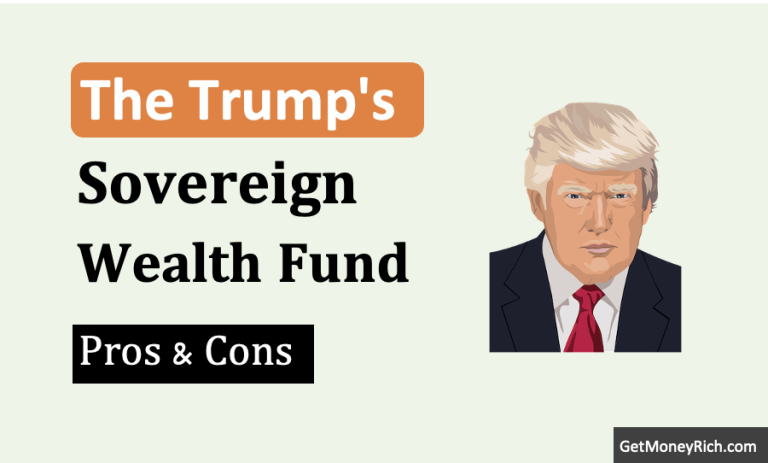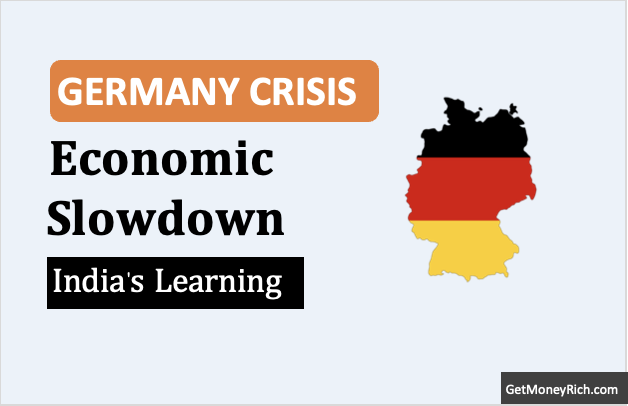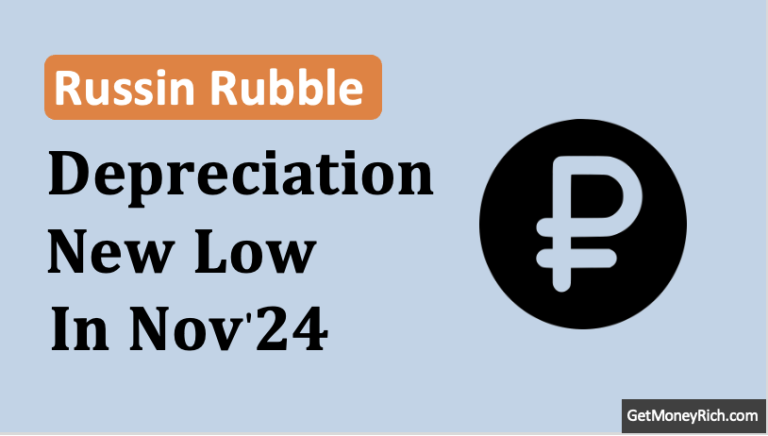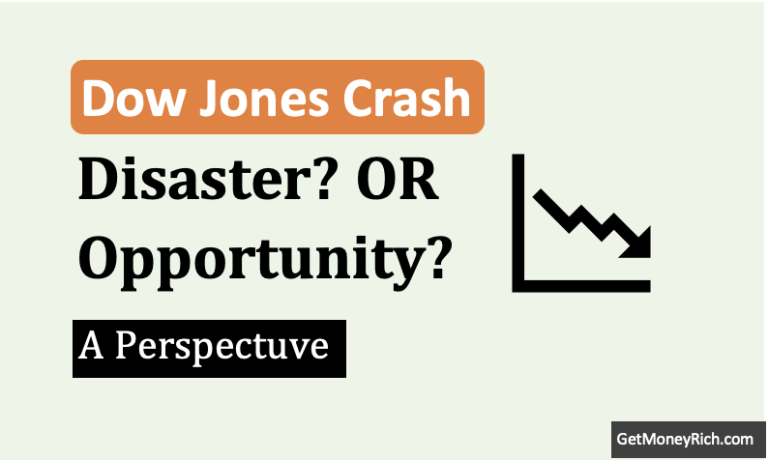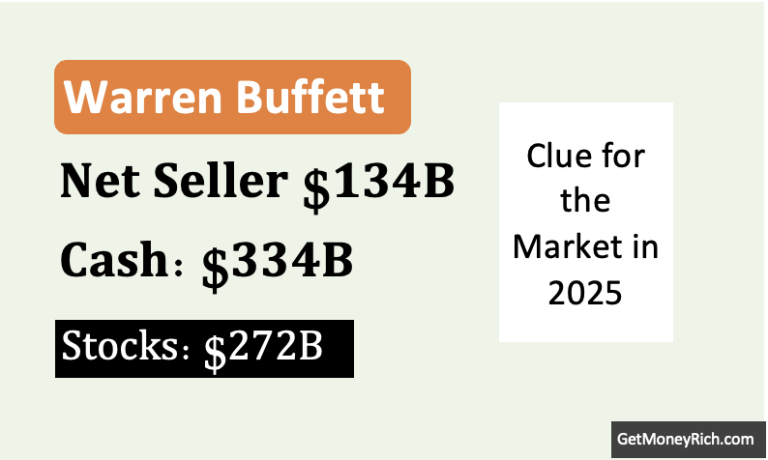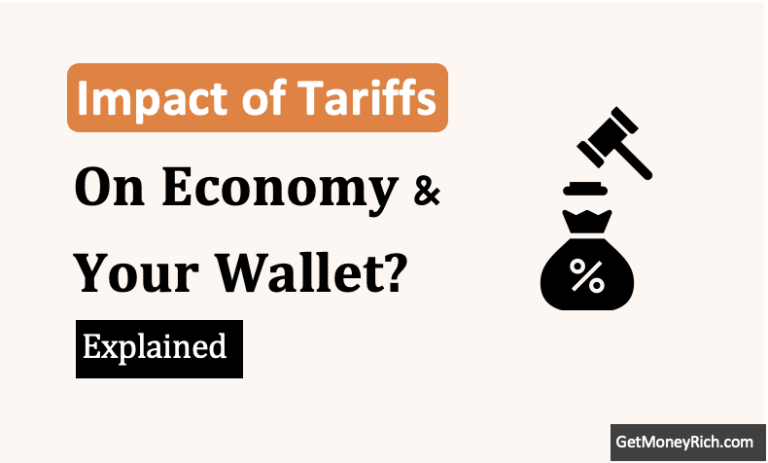Imagine we’re sitting across from each other at a coffee shop, the kind with mismatched chairs and a chalkboard menu, and I’ve just brought up something I’ve been mulling over lately. “Hey, have you heard about Jeremy Grantham’s latest warning? He’s saying U.S. stocks could drop 50% because they’re way overvalued right now. Sounds wild, right?” You nod, maybe sip your latte, and I lean in a bit closer. “I’ve been digging into this, and I think it’s worth unpacking what that could mean for us, regular investors, people saving for retirement, and even the economy as a whole.”
So, what do you say? Let’s figure this out together.
The Warning That’s Got Everyone Talking
First off, Jeremy Grantham isn’t just some random guy shouting about the end of the world.
He’s a big name in investing, co-founder of GMO LLC, a firm that manages billions.
He’s got a track record of spotting bubbles before they pop. Think dot-com crash, 2008 financial crisis, he’s been there, called it, and lived to tell the tale. So when he says the U.S. stock market’s Shiller P/E ratio is sitting at over 37 (way above its historical average of 18) and that we might see a 50% drop to get back to “normal,” people listen.
Just to give you a perspective about the S&P 500 Index (check the historical chart here):
- 2000 Dot Com Crash: At the start (Jul’2000), Shiller P/E was at 42.75, and after the crash at 21.21 (2203)
- 2008 Financial Crisis: At the stat, Shiller P/E was at 27.32, and after the crash it came down to 13.32.
- 2020 Covid Crash: After the crash, Shiller P/E was at 24.82 and before it was at 30.73
Some are even calling it a 1929 or 2000 replay. But what does that actually mean for you and me?
The Shiller P/E, if you’re not familiar, is this neat little metric that looks at stock prices compared to average earnings over the past 10 years, adjusted for inflation. At 37, it’s screaming that stocks are pricey, like buying a house in a hot market and hoping you didn’t overpay.
Grantham’s point is that if prices fall to match that “normal” 18, we’re looking at a steep cliff. A 50% drop in something like the S&P 500? That’s not pocket change, it’s half your portfolio vanishing. So, let’s break down what that could look like in real life.
Investors: From Paper Gains to Panic Mode
Consider this, you’ve been diligently tossing money into your 401(k) or maybe dabbling in a Robinhood account, riding the wave of the past few years. The S&P 500’s been on a tear, and your balance looks pretty sweet. Then, bam, a 50% drop hits. If you had $100,000 invested, you’re suddenly staring at $50,000.
That’s not just a number; it’s your beach vacation, your kid’s college fund, or that down payment you’ve been eyeing.
- For younger folks, like my nephew, who’s 28 and just started investing, it’s a gut punch. But he’s got time to recover. Markets bounce back eventually, right?
- But if you’re closer to retirement, say 55 or 60, this could be a disaster. You might’ve been planning to cash out in a few years, and now half your nest egg’s gone. Do you wait it out and hope for a rebound, or sell now and lock in the loss? It’s the kind of decision that keeps you up at night.
And it’s not just individuals. Big players, pension funds, endowments, could take a hit too. If they’re overexposed to U.S. stocks (and many are), a 50% drop could mean cutting payouts or scrambling for cash.
Suddenly, the ripple effects start spreading.
Retirement Savings: A Reality Check
Let’s talk retirement specifically, because that’s where this gets personal for a lot of us.
My friend’s mom’s 62, still working part-time, and she’s got a decent chunk in a target-date fund tied to the stock market. A 50% drop could shave years off her savings plan. She might have to work longer, dip into other savings, or rethink her whole “retire to a cabin in the mountains” dream. And she’s not alone—millions of Americans rely on 401(k)s and IRAs that are heavy on stocks.
The scary part? Most of us don’t think about this until it’s too late. I mean, who wants to imagine their retirement shrinking overnight?
But here’s the practical bit, if you’re worried about a drop like this, diversification could be your best friend. Maybe you’ve got all your eggs in the stock basket, time to mix in some bonds, real estate, or even cash. Yeah, bonds aren’t sexy right now with interest rates climbing, but they’re less likely to tank 50% in a heartbeat.
My buddy Mark swears by his 60/40 split (60% stocks, 40% bonds), and while it’s not foolproof, it’s a buffer.
Recession Red Flags (About Economy)
Now, let’s zoom out. A 50% stock drop doesn’t just hurt investors, it’s like a tsunami hitting the broader economy.
Stocks are a big piece of what economists call the “wealth effect.” When your portfolio’s up, you feel richer, you spend more, new car, home reno, whatever. But when it crashes? You tighten the belt. If millions of people do that at once, consumer spending drops, businesses sell less, and layoffs start piling up.
Sound familiar? It’s recession territory.
Grantham’s hinted this could happen, and he’s not alone. The Fed’s been hiking rates to tame inflation, which is already squeezing companies and consumers. A stock crash on top of that could be the tipping point.
Think 2008, but maybe not as bad, or worse, depending on how it plays out. Businesses that borrowed cheap during the low-rate years might struggle to pay debts, banks could get jittery, and credit could dry up.
It’s a domino effect I hope we don’t see, but it’s not crazy to plan for.
Could We Weather It?
Here’s where I get a little optimistic, or at least practical.
A 50% drop sounds apocalyptic, but it’s not the end of the world if you’re prepared.
History’s got our back here. After the dot-com bust, the S&P 500 fell about 49% from peak to trough, and we survived. The 2008 crash was a 57% drop, brutal, but the market clawed back over time.
If you’re in it for the long haul, like my friend Priya who’s 35 and investing for her future kids, you could ride it out. Buy low during the dip, hold tight, and wait for the rebound.
Short term, though? It’s trickier. Cash is king in a crash, having an emergency fund (six months’ expenses, minimum) means you’re not forced to sell stocks at rock bottom to pay bills.
I learned this the hard way during a lean freelance year; now I keep a stash separate from my investments.
Another move, look at “defensive” stocks, think utilities, healthcare, consumer staples. People still need electricity and toothpaste, even in a recession.
Grantham himself likes high-quality, low-debt companies, stuff like Johnson & Johnson, which GMO holds a ton of.
Conclusion
So, are we in a bubble like 1929 or 2000? I’m no Grantham, but the signs are there, high valuations.
AI hype driving crazy gains, and a lot of “stocks only go up”. My gut says we’re overdue for a correction, maybe not 50%, but enough to sting.
The counterpoint? The economy’s still chugging, jobs are solid, earnings aren’t terrible. Maybe we dodge the worst. But I’m not betting my whole portfolio on it.
What about you? If this hits, how would it change your plans? I’d say start small, check your asset mix, beef up that rainy-day fund, and don’t panic if the headlines scream “crash.”
We’ve got tools to get through this, and honestly, talking it out like this makes it feel less daunting.
So, what’s your next move? Grab another coffee, and let’s keep the discussion going.
Have a happy investing.

